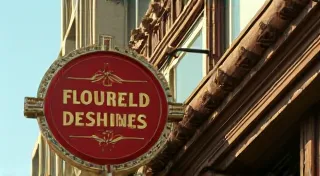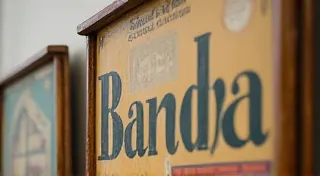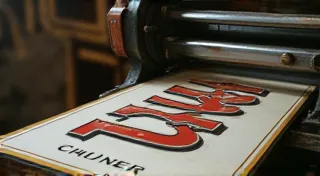The Art of Reproduction Signs: Spotting the Fakes
Welcome to the fascinating, and sometimes tricky, world of vintage advertising signs! As a collector, you're undoubtedly drawn to the history, artistry, and potential value of these pieces. Unfortunately, the popularity of vintage signs has also led to the rise of reproduction signs – cleverly crafted fakes designed to fool even experienced collectors. This article will equip you with the knowledge and techniques needed to differentiate between genuine antique advertising signs and convincing reproductions.
Understanding the Motivation Behind Reproduction Signs
Why do reproduction signs exist? Simply put, they’re a way to capitalize on the demand for authentic vintage items. Original signs, especially those in excellent condition, can command high prices. Reproductions offer a more affordable alternative, appealing to those who want the look and feel of a vintage sign without the premium price tag. The quality of reproductions varies greatly, from crude copies easily identifiable as fakes to meticulously crafted pieces that require close inspection to detect.
Key Differences: What to Look For
Let’s break down the key areas to scrutinize when evaluating a vintage advertising sign. Remember, no single factor guarantees authenticity; it’s the *combination* of observations that leads to a confident assessment.
1. The Material
Original signs were typically made from specific materials reflective of the era. Common materials include:
- Porcelain-enameled steel: This was a very common choice. The enamel coating should feel smooth and slightly raised from the steel.
- Cardboard: Often lithographed, cardboard signs were less durable but frequently used for promotional campaigns.
- Tinplate: A thin sheet of steel coated with tin.
- Ferris Metalbestos: A unique type of tinplate sign, recognizable by its distinctive pattern.
Reproductions often use modern materials like aluminum or vinyl. The weight and feel will often be different. Aluminum feels lighter and colder than steel. Vinyl is clearly different in texture and often has a plastic-like smell.
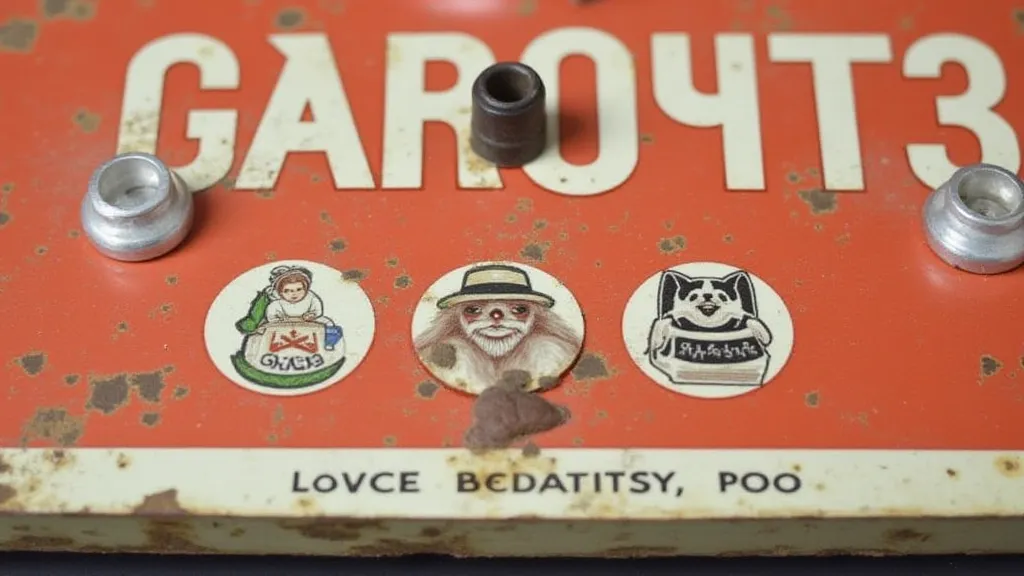
2. The Printing Process
Vintage signs were created using processes like lithography and screen printing. These processes leave subtle clues:
- Dot Gain: Lithography produces a series of tiny dots to create the image. Under magnification, you may see these dots.
- Screen Printing Imperfections: Screen printing can exhibit slight variations in ink density and registration issues.
- Halftone Patterns: Examine the shading and details. Genuine signs often display subtle halftone patterns.
Modern printing techniques produce a much more uniform and flawless appearance, lacking these telltale imperfections. Reproductions may lack dot gain, or the dots may appear overly perfect.
3. The Paint and Finish
The aging process affects paint in predictable ways. Look for:
- Wear and Patina: Authentic vintage signs will exhibit signs of wear and tear consistent with their age – scratches, chips, fading, and rust. The *type* of wear is crucial. Rubbing in areas of frequent contact is typical.
- Color Variation: Exposure to sunlight and weathering cause color shifts.
- Rust: Authentic rust will often have a layered, uneven look.
Reproductions often have an artificially applied "distressed" finish. This can look overly uniform or lack the nuanced character of genuine aging. “Crackle” finishes are especially suspect; true aging crackles are random and subtle. Artificial crackling is often too regular and pronounced.
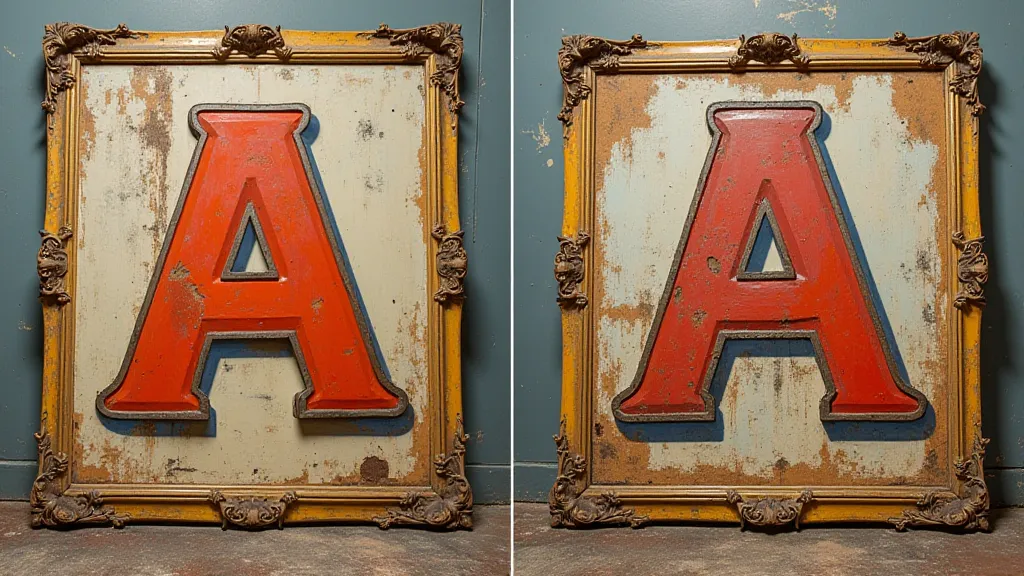
4. The Sign’s Back
The back of the sign often holds vital clues. Look for:
- Factory Marks: Many signs have factory markings or stamps indicating the manufacturer and date of production. These are difficult to reproduce convincingly.
- Punch Marks: Holes punched for hanging the sign often show signs of use and age.
- Rust and Corrosion: The back of the sign will often show similar rust and corrosion patterns as the front.
Reproductions may have a clean, unblemished back or may have poorly reproduced factory marks.
5. Research and Documentation
Knowledge is your greatest tool. Research specific signs you're interested in. Become familiar with:
- Manufacturer Information: Learn about the companies that produced signs during specific eras.
- Sign Variations: Recognize different versions and sizes of a particular sign.
- Pricing Guides: Understand the current market value of authentic signs.
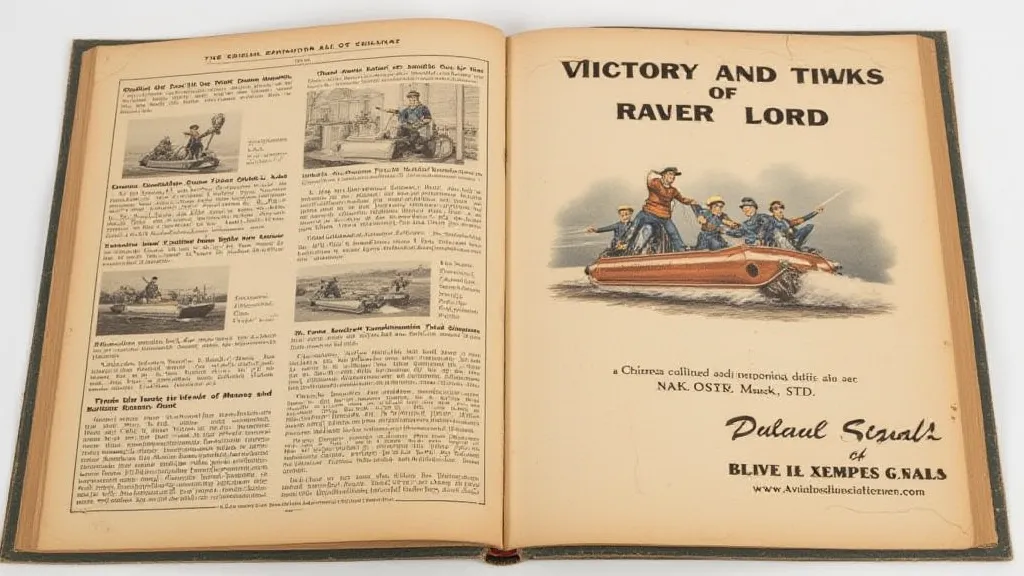
Conclusion
Spotting reproduction signs takes practice and a keen eye. Don't be afraid to ask questions, consult with experienced collectors, and do your research. By combining careful observation, knowledge of historical printing techniques, and a healthy dose of skepticism, you can become a more discerning collector and build a collection of authentic vintage advertising signs.
